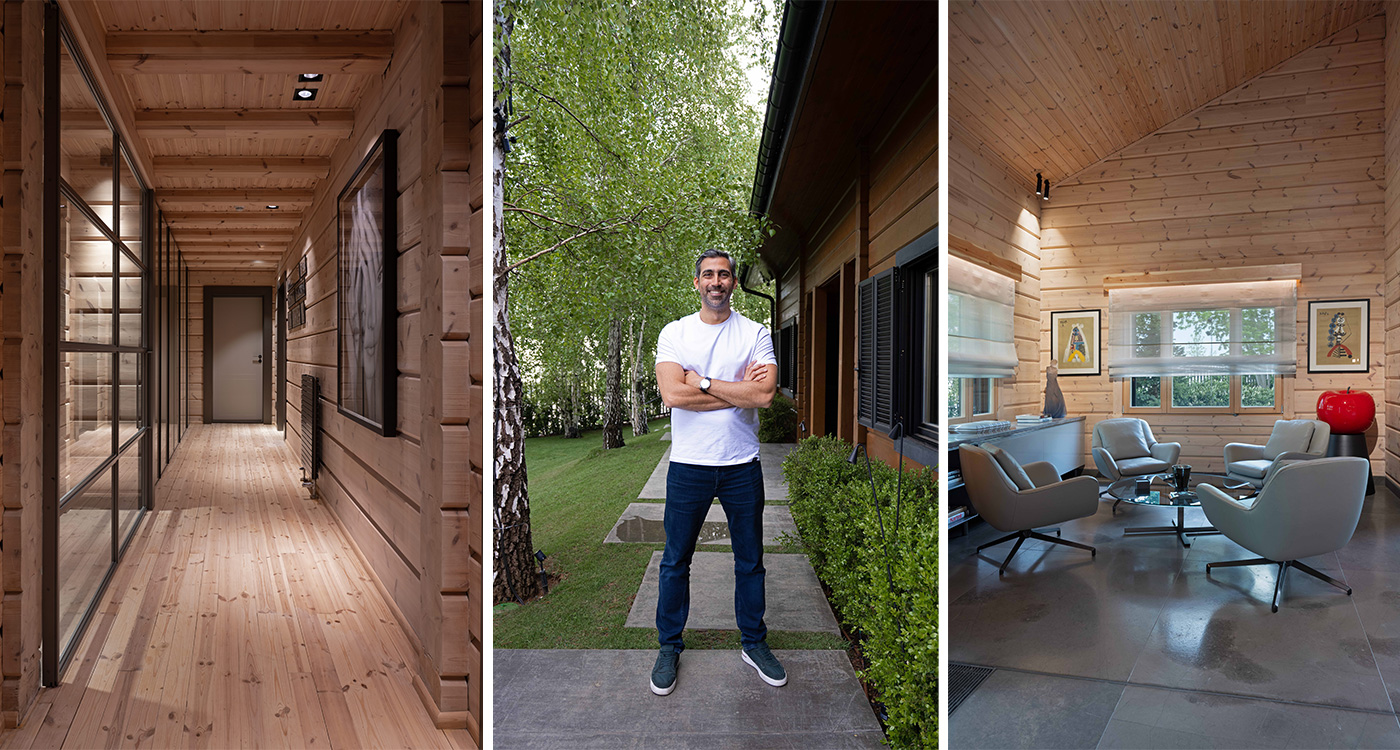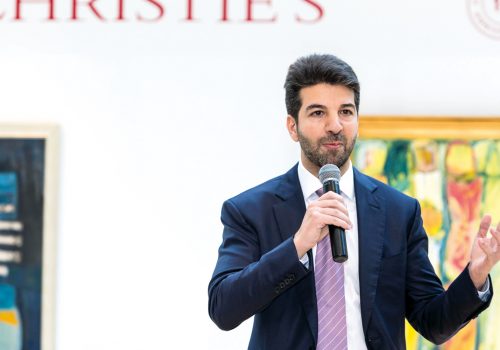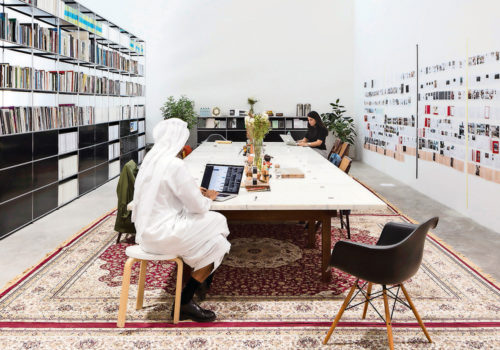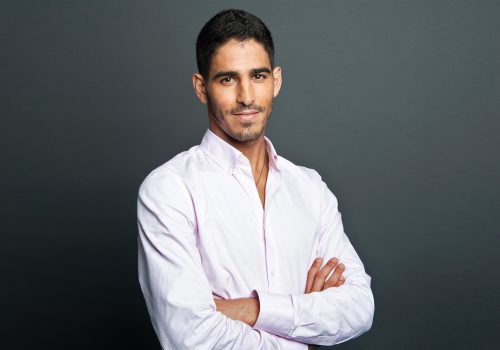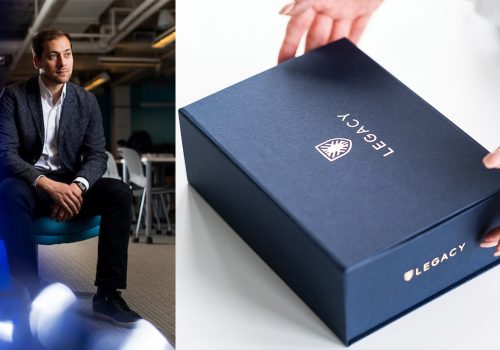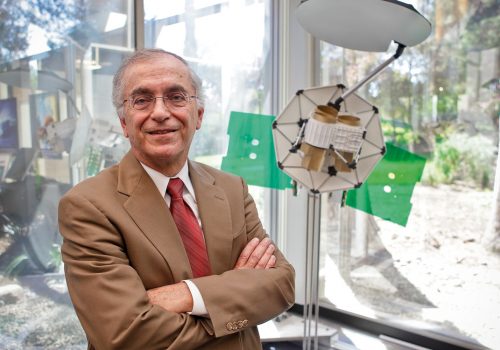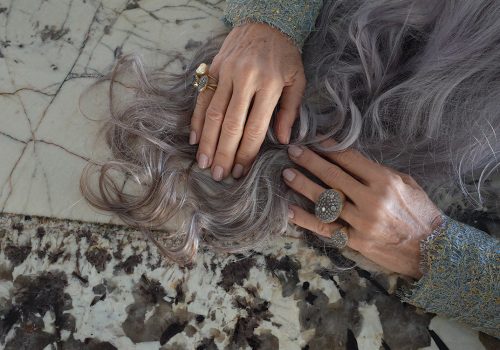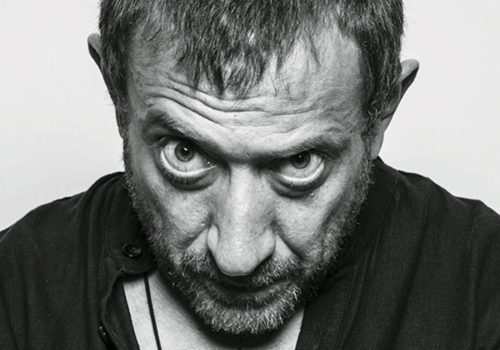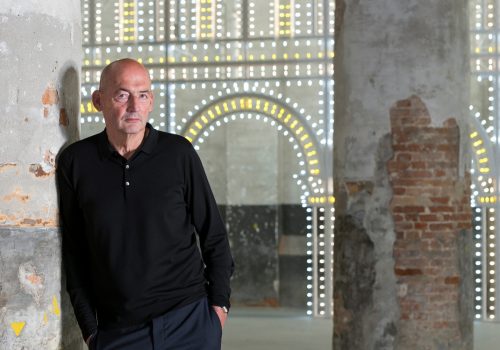Beirut-based interior architect Roland Helou, 37, spent his formative years between Lebanon and Saudi Arabia, where his father was employed at the construction company Saudi Oger.
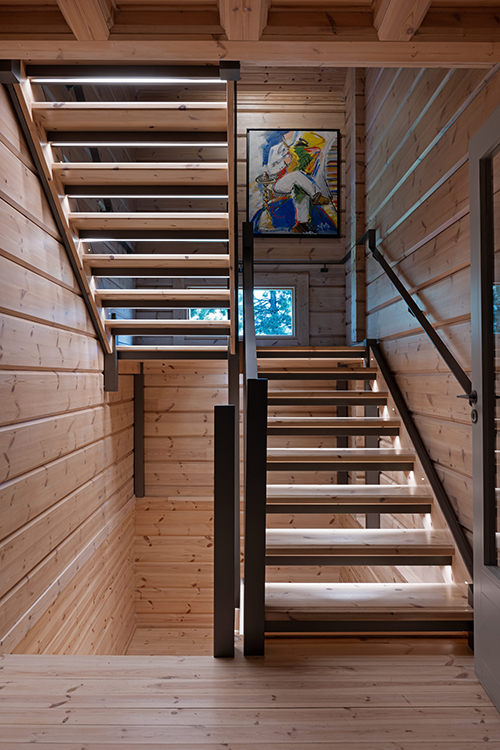
TOP: Helou established his multidisciplinary design firm in 2014 and in the ten years since he has successfully completed more than 50 residential and commercial projects between Beirut, Amman, and Dubai.
“It was Dad’s employment that piqued an early interest in design. I remember as a young kid in Riyadh, I used to build Lego houses with my brother and would tell him one day I will be an architect,” he recalls. But it was when the family returned to Lebanon and he saw the post-war destruction, that he felt inspired to “rebuild everything”, as he puts it.
He tells me that by 12 years of age, he had the design bug and would redraw his bedroom when he was bored in class at school. “Every time I went into a restaurant or a new place, I was fascinated – I would even go to the bathrooms just to check the design there too,” he laughs.
War was a catalyst once again in 2006, when the Israel–Hezbollah conflict kicked off in Lebanon, as Helou decided he ought to study overseas. He applied to Université de Montréal and “took the first plane out,” enrolling in the Bachelor of Arts programme of Interior Architecture there.
“I wanted to leave Lebanon and explore a new country. It changed me because the education offered a very different philosophy to that which I had become accustomed to in Lebanon. On top of that, I was all by myself, making new friends and I learned a lot from other students because I was the youngest student in my class in the programme. The competition was very hard, but I gained a lot of strengths because of the focus on teamwork. I had to think outside the box,” he explains.
Later, following a three-year stint of work experience back in Lebanon, Helou says he “fell in love with London” at Chelsea’s University of the Arts where he gained an MA in Interior and Spatial Design. “It was an indoctrination into the world of interiors, and London provided me with something that I was definitely lacking – namely, the artistic aspect,” he reminisces.
It was in late 2012, that Helou’s artistic expression, and career, reached new heights under the tutelage of Sari El Khazen, the architect famed for Beirut’s Sky Bar and myriad nightclubs and restaurants. After three years at the firm, a good friend who was getting married persuaded him to design his apartment and the seed was sown for him to establish his own agency – ROHD (Roland Helou Design).
“I started freelancing, it was a success, and I opened a small studio. When I didn’t have a project on, I would design small pieces of furniture for clients, who would hear about me via word of mouth, and that is how I got the next project,” he explains. Nowadays, ROHD takes on a project “from A to Z” with that family DNA in construction as important as ever. “We commission everything under our management, so we’re in the construction field, but with a focus on interiors. We do the finishing of the design and therefore have teams that do the painting and woodwork.”
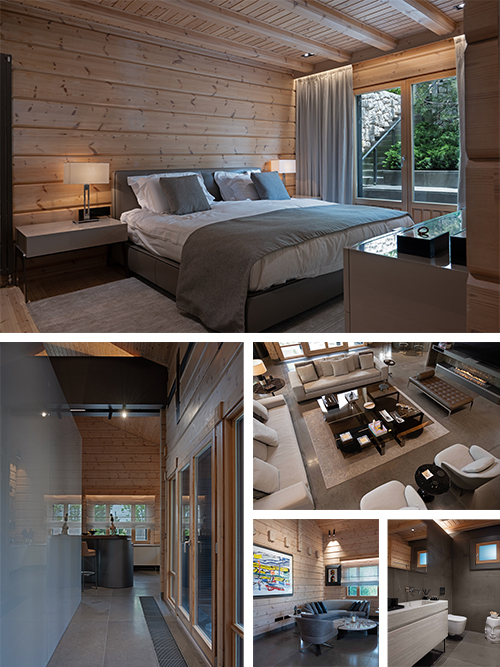
ABOVE: Clearly designed to maximise social space, ROHD oversaw the renovation of this chalet in Faqra, taking charge of all the contracted works while also overseeing the new furniture selection and designing custom-made elements such as the bar (which incorporates a wine fridge) and the library unit (which integrates a fireplace).
One such project that has recently received the Helou magic is a chalet renovation in Faqra, which is a ski resort on the outskirts of the Kfardebian village in the Keserwan District of Mount Lebanon. He explains that the building presented him with some unique challenges. “It was completely covered in pine wood – the parquet flooring, the walls, and the ceiling. It didn’t have an identity and was so plain. There was nothing uplifting in the space.”
So, Helou employed his trademark contemporary styling. “I like to mix materials in a very clean and classy way. I can’t see too many layers; I can’t see too many things going on. I like to use metals – brass, chrome, stainless steel and gun metal with wood and glass. I like to combine these materials in one layer, but I do it in a very solid way, I don’t want to kill the space. I do use quite a lot of marble, as it elevates a space making it feel like you have entered a five-star hotel suite. Likewise in bathrooms, I mix and match and theme colours.”
The result is a stylish space with a bar created from bead-blasted metal, wood and marble, a central TV unit/library backed in marble with gun metal shelves and a stainless-steel mirror, wooden ceiling beams clad in metal with ingeniously incorporated lighting tracks. All the while he keeps the integrity of the beautiful building’s architecture and contours – its chimney, wooden doors and all-round windows framing the greenery outside. The client’s art collection adds an impressive finishing touch mind you, with work by Roy Lichtenstein, Hassan Jouni and Damien Hirst among others.
Helou often remains friends with clients long after a project’s completion. “In Lebanon, I got used to residential projects and they are fun for me, you invest a lot of time in them. The finish is very different. In residential projects, the client is with you 100 per cent of the way, and we go into details – it’s a nice experience,” he explains.
It is this personal investment that has presented Helou with his biggest challenge to date – designing his best friend’s house, a blank canvas duplex space in Mtaileb. “I love this project because we had a lot of space on the ground floor level. We wanted the whole of the façade to be open so that when you are seated inside you have this big, beautiful garden in front of you – it feels as though you’re in a villa. We used marble to accentuate the floor because the walls are white, and we purchased beautiful furniture from Italy.
“Every project is very different,” Helou concludes, “primarily because you have new clients with new requirements, and they don’t always know how to express what they want so you must really get inside their head and sometimes even act like a psychologist. I would say the secret to being a successful interior architect is understanding that it’s 60 per cent work and 40 per cent personality, as that’s what makes us trustworthy to the client.”
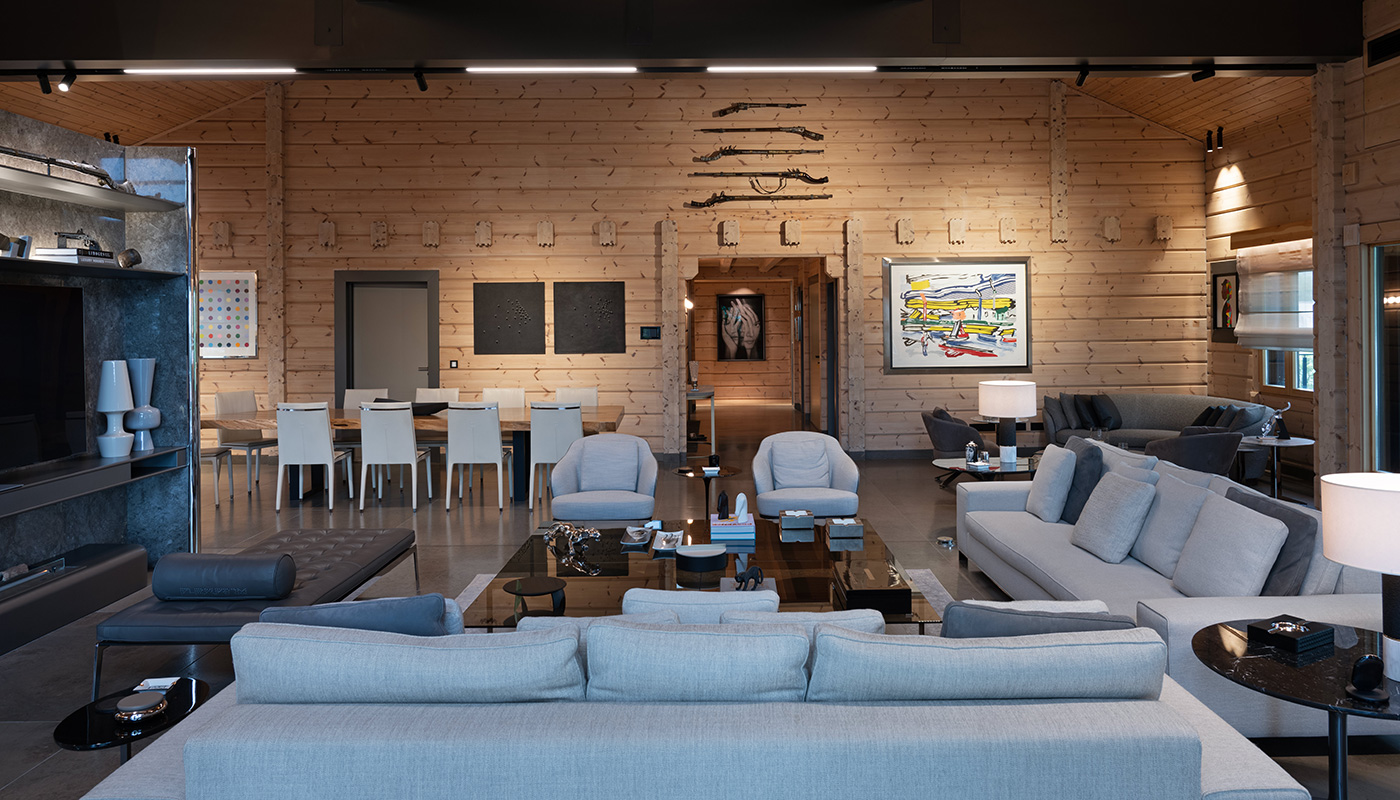
ABOVE: A Tigran Tsitoghdzyan artwork takes pride of place in the corridor that leads to the bedrooms. Helou tells us that the chalet was built 15 years ago with “good bones but no identity” so ROHD’s primary aim was give it the uplift it deserved.
Photography: Wael Khoury


